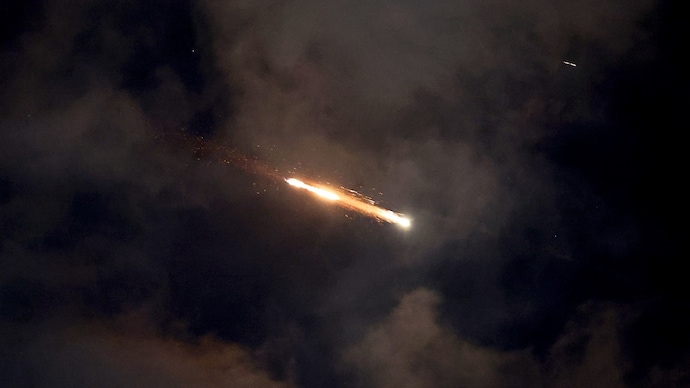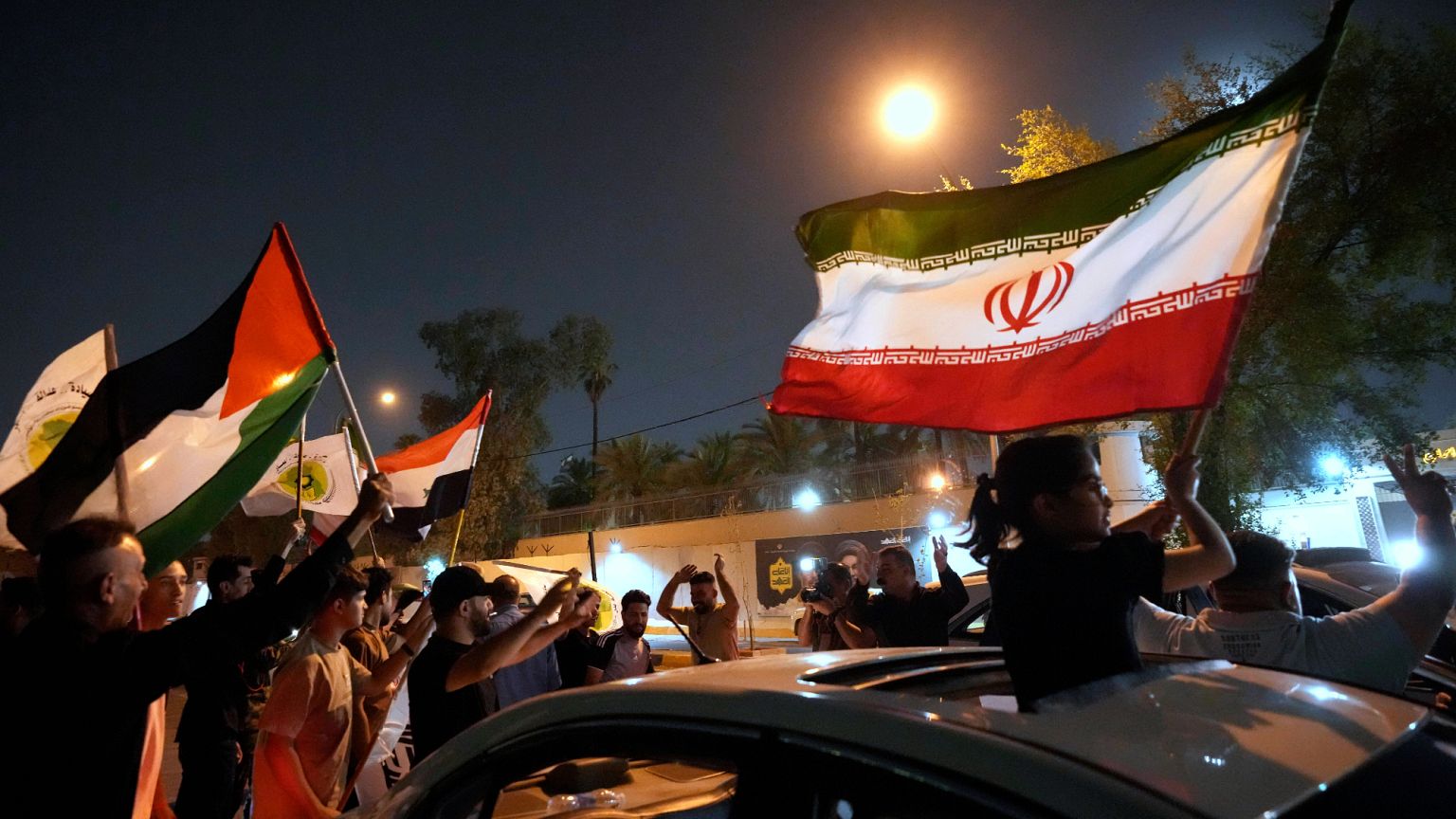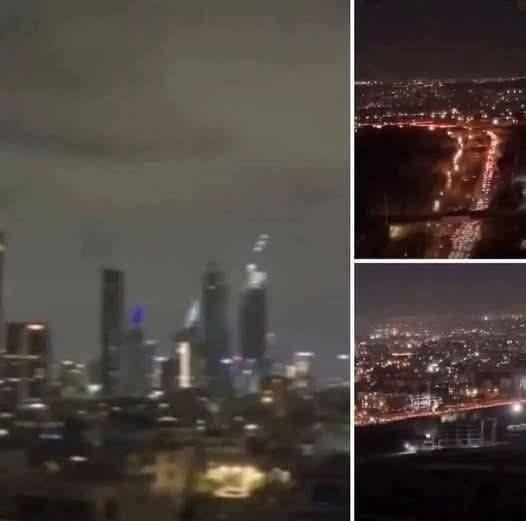HT6. Heightened Tensions in the Middle East: Updated Facts on Recent Iran–U.S.–Israel Conflict
Executive Summary
Over the past week, diplomatic and military flashpoints erupted in the Middle East involving Iran, Israel, and the United States. Here’s what’s confirmed:
-
On June 23, 2025, Iran launched missiles at the U.S. Al Udeid Air Base in Qatar in response to U.S. airstrikes on Iranian nuclear facilities. All missiles were intercepted; no casualties were reported.
-
A ceasefire between Iran and Israel was brokered on June 23–24. However, tensions remain high, and some violations were observed.
-
U.S. military forces remain on high alert across the region. There is no confirmed threat to the U.S. mainland at this time.
1. Iran’s Missile Strike on Al Udeid Air Base

Timing and Motivation
On the evening of June 23, 2025, Iran carried out a missile strike against the Al Udeid U.S. Air Base near Doha, Qatar. The operation was in retaliation for U.S. airstrikes on Iranian nuclear infrastructure the previous day.
Missiles Launched and Intercepted
Iran claimed to have launched six missiles successfully. However, Qatari defense forces stated that 13 of the 19 incoming missiles were intercepted, and the remainder either missed or malfunctioned. No injuries or fatalities were reported.
Advance Warnings and Airspace Restrictions
Iran issued advanced warnings to Qatar and the United States, allowing air traffic to be diverted and civilian areas to be safeguarded. In response, Qatar, the UAE, Bahrain, and other Gulf states temporarily closed their airspace, leading to significant flight diversions.
2. Ceasefire Between Iran and Israel

Announcement and Mediation
A fragile ceasefire between Iran and Israel was declared on June 23–24, facilitated by diplomatic efforts involving former U.S. President Donald Trump and NATO representatives.
Ceasefire Conditions and Violations
Iran’s Foreign Minister stated that the ceasefire was conditional and dependent on Israel ceasing its offensive operations first. Within hours of the announcement, reports surfaced of continued missile and drone strikes exchanged by both sides.
Claims of Success by Both Parties
Israel stated that its air campaign had significantly damaged Iran’s nuclear and military infrastructure. In contrast, Iranian officials claimed their retaliatory strikes had revealed vulnerabilities in Israeli air defense systems.
Impact on Nuclear Capability
Preliminary U.S. intelligence suggested that Iran’s nuclear program had been slowed by the airstrikes but not dismantled. Experts estimate the setback could delay Iranian nuclear advancement by several months, not years.
3. U.S. and Regional Military Readiness

U.S. Military Posture
Following the Iranian strike on Al Udeid, U.S. forces in the region elevated their alert level. Troops stationed in Iraq, Kuwait, and Bahrain were placed on heightened readiness, though no additional bases were targeted.
Coordination with NATO and Gulf Allies
Defense officials confirmed increased coordination with NATO partners and Gulf allies. No formal evacuation orders were issued, and diplomatic channels remained open for potential de-escalation.
Cyber and Proxy Threats
While there is no confirmed plan for conventional military escalation, U.S. intelligence continues to monitor the potential for cyberattacks or asymmetric warfare from Iranian proxies in Lebanon, Syria, and Yemen.
4. Analyzing the Broader Strategic Picture
| Insight | Key Takeaway |
|---|---|
| Calibrated Iranian retaliation | Iran limited its missile attack to a single U.S. base with advanced warning, suggesting a calculated move rather than full-scale war. |
| Gulf state coordination | Regional allies responded swiftly by closing airspace, highlighting unified concern over the conflict. |
| Fragile ceasefire | Early violations cast doubt on long-term peace, and further conflict cannot be ruled out. |
| Nuclear program implications | Iran’s nuclear capabilities have been damaged but not eliminated. Continued monitoring is essential. |
| U.S. focus on deterrence | No signs of U.S. disengagement; forces remain ready and diplomatic pressure continues. |
5. Disproving Viral Misinformation
Recent viral claims suggested that Iran would attack the U.S. mainland “as early as this evening” and that unspecified U.S. states were under threat. These reports, widely circulated on social media, have been debunked by official sources:
-
There is no verified intelligence or statement from the Department of Defense indicating any imminent threat to the U.S. homeland.
-
The Iranian missile strike was limited to the Al Udeid base in Qatar.
-
The White House has not issued any evacuation orders or public statements confirming a nationwide security threat.
Experts and security officials have reiterated the importance of avoiding unverified sources and relying on official updates from agencies such as the Pentagon, the State Department, and reputable news organizations.
6. Reactions from Global Powers

United States
The U.S. responded with increased regional surveillance, diplomatic outreach, and military readiness. The President and Defense Secretary have avoided inflammatory rhetoric, opting instead for restraint and coordination.
NATO
NATO members expressed concern about regional stability and urged Iran and Israel to respect the ceasefire agreement. Emergency consultations were held to assess collective defense implications, especially for member forces deployed in the region.
United Nations
The UN Security Council convened a special session to address the conflict. Although no resolution was passed, multiple members called for de-escalation and restoration of IAEA monitoring access to Iran’s nuclear facilities.
7. What to Watch in the Coming Days
-
Ceasefire Stability
Monitoring whether the ceasefire holds and whether further missile or drone activity resumes. -
Nuclear Inspections
The IAEA has not yet resumed full access to Iranian nuclear sites. A return to inspections will be a key indicator of diplomatic progress. -
Proxy Group Activity
Potential actions by Iran-backed groups in Iraq, Syria, and Lebanon could spark renewed fighting and broader instability. -
Cybersecurity Threats
Iranian cyber capabilities, especially through proxies, remain a concern. Financial, energy, and government systems may be targeted. -
Diplomatic Engagement
Further high-level talks or third-party mediation—especially by Turkey, Russia, or the EU—could shift the dynamic.
Conclusion: Tensions Remain, But No War Is Imminent
Despite fears stoked by social media rumors, verified intelligence and government statements confirm that:
-
Iran’s strike was focused and limited.
-
There is no current threat to U.S. territory.
-
Israel and Iran have both signaled interest in avoiding further escalation, despite early violations of the ceasefire.
The coming weeks will test the durability of diplomatic efforts and the effectiveness of military deterrence. While the risk of conflict remains, the situation does not indicate a global war scenario.
References
-
Business Insider: Iran’s missile strike reaction and U.S. firepower assessment
-
The Guardian: Israel confirms ceasefire; Iran issues conditional response
-
Associated Press: Ceasefire status remains unclear after missile violations
-
Economic Times: Iran’s foreign minister clarifies no formal ceasefire yet













